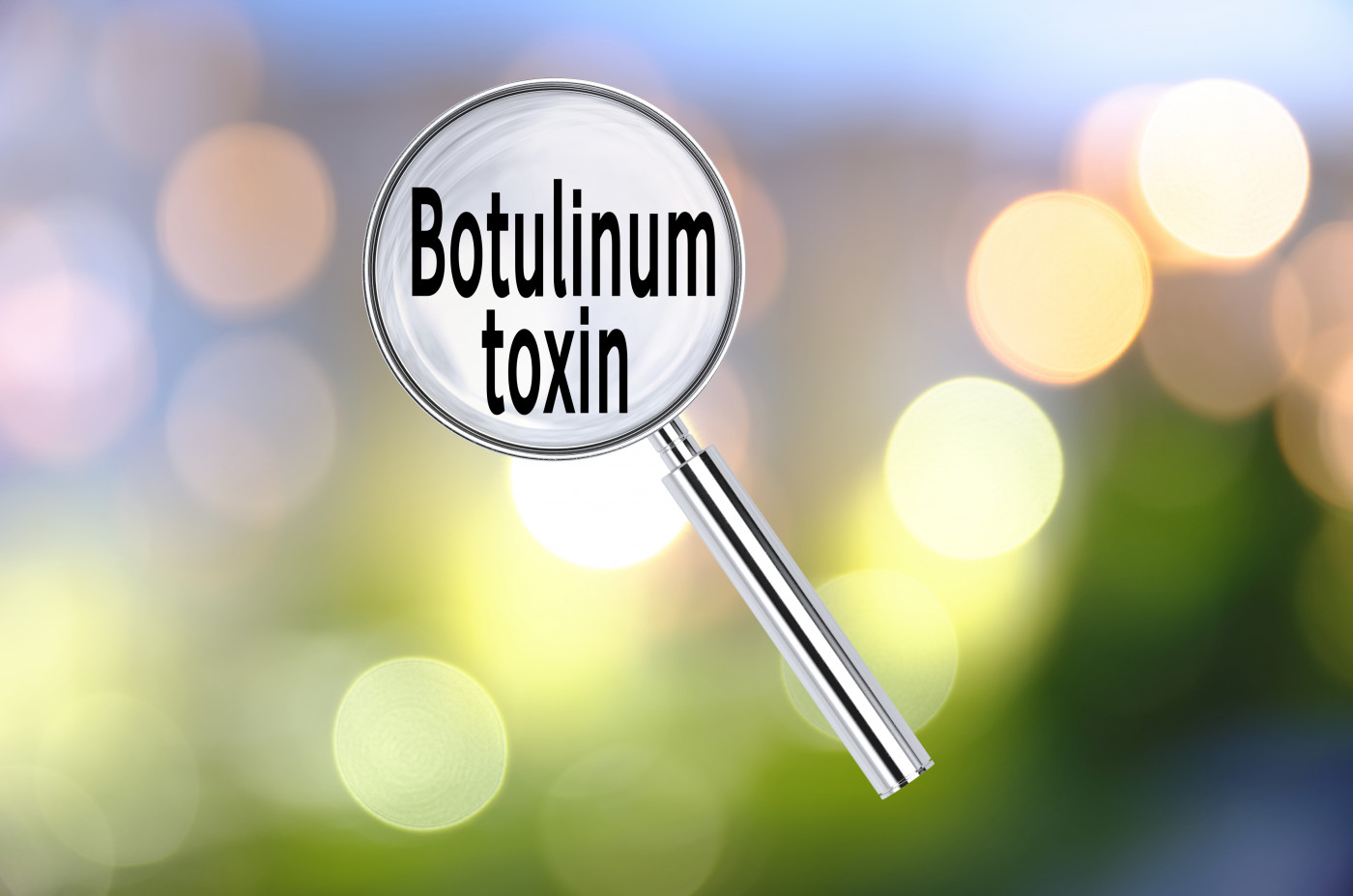Dysport Safe, Effective in Kids with CP Even When Used Repeatedly, Researchers Find

Injections of Dysport (botulinum toxin) provide multiple benefits for children with leg spasticity caused by cerebral palsy (CP), according to a clinical trial that assessed treatment with repeat injections over the course of a year.
The treatment did not only lower spasticity, but also improved measures of muscle tone and overall health.
Importantly, the trial — performed by researchers at the University of Texas Southwestern Medical Center and the French pharmaceutical group Ipsen — found the treatment safe, with no increased risk of adverse events with longer treatment.
Treatment with Dysport in cerebral palsy patients is widely used. Nonetheless, the team noted that few studies had assessed how multiple injections impact patients; most studies focused on single injections.
In the study, “Safety and Efficacy of Repeat Open-Label AbobotulinumtoxinA Treatment in Pediatric Cerebral Palsy,” — published in the Journal of Child Neurology — researchers assessed how repeat injections, believed to achieve a longer lasting anti-spastic effect, impact CP children.
The research team had already performed a Phase 3 trial (NCT01249417) to evaluate the effectiveness of Dysport in CP children ages 2 to 17. The children could walk but had so-called equinus foot deformity caused by CP.
The four-week study, which used multiple outcome measures, concluded that the treatment improved muscle tone in children compared to those given placebo injections.
Of the 241 children included in the earlier trial, 207 received additional treatment in the Phase 3 extension study (NCT01251380), in which all patients received Dysport. Compared to the initial study, children in the extension trial received repeat injections as needed into the calf muscles. Up to 25 percent also received injections into the hamstrings.
The treatment was found to remain effective even when used up to three times over the course of 12 weeks.
In addition to spasticity and muscle tone, researchers measured the overall clinical benefit of the treatment, along with goal attainment. Patients most commonly chose to focus on goals such as an improved walking pattern, improved balance, and a decreased frequency of falling.
Goal attainment at 12 weeks was similar to that seen in the randomized trial. Sustained significant clinical improvements in spasticity, muscle tone, and overall clinical benefits were also observed.
The majority of adverse events during the trial were not linked to the treatment, such as common colds and fever. The only adverse event reported linked to treatment was pain at the injection site.
Adverse events did not become more frequent with more injections. Four patients developed antibodies against the treatment; this, however, did not have an impact on the treatment’s effectiveness.
“The present results indicate that the efficacy seen in the double-blind study was maintained through repeated injections,” the researchers wrote.
“These data confirm the favorable benefit-risk ratio for abobotulinumtoxinA in the treatment of children with lower limb spasticity,” they concluded.
